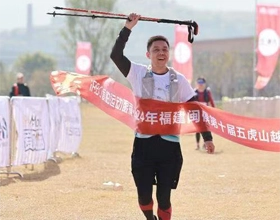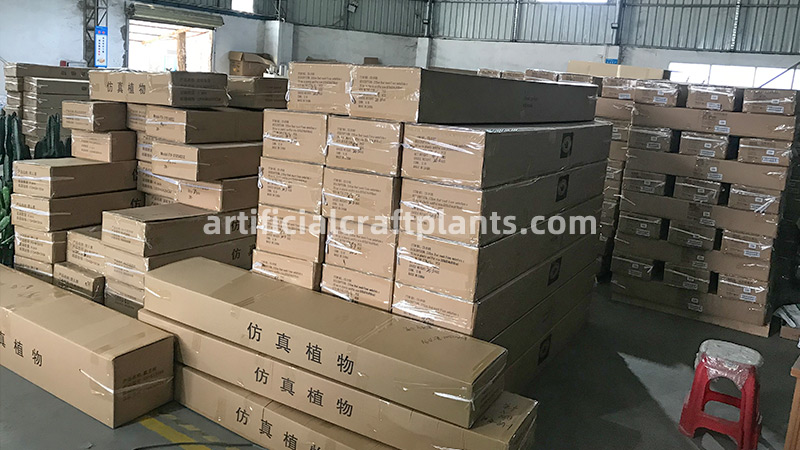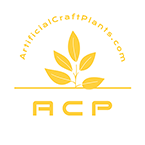International shipping costs can be a major headache for B2B buyers sourcing artificial plants1. High freight rates, unexpected fees, and complex logistics often eat into profit margins. Without a clear strategy, businesses risk overspending on shipping.
Understanding freight costs, optimizing packaging, and choosing the right shipping methods can significantly reduce expenses. By mastering these logistics, B2B buyers can increase their savings while ensuring smooth deliveries.
Let’s break down the factors influencing international shipping costs and explore proven strategies to cut expenses without compromising product quality.
Key Factors Affecting Artificial Plant Shipping Costs
Shipping artificial plants globally involves multiple cost variables. Knowing these factors helps businesses plan smarter and negotiate better rates.
1. Shipping Method: Air vs. Sea Freight
- Air Freight: Fast but expensive, ideal for urgent or small orders.
- Sea Freight: More economical for bulk shipments but slower.
Learn more about choosing between air freight vs. sea freight2 to optimize your shipping strategy.
| Shipping Method | Cost | Speed | Best for |
|---|---|---|---|
| Air Freight | High | 5-10 days | Small, urgent orders |
| Sea Freight | Low | 20-45 days | Bulk, cost-sensitive orders |
2. Volume & Weight (CBM Calculation)
Most freight costs are based on Cubic Meter (CBM) rather than weight. Artificial plants, especially large trees or dense foliage, take up more space, increasing CBM-related fees. Use a CBM calculator3 to estimate your shipping volume accurately.
Formula to calculate CBM:
CBM = Length (m) × Width (m) × Height (m) × Quantity
3. Packaging & Space Optimization
Poor packaging can waste valuable container space, driving up costs. Efficient packaging solutions4 help maximize shipments while minimizing CBM.
4. Import Duties & Taxes
Each country has different import regulations and duty rates for artificial plants. Understanding these beforehand avoids surprise costs. Check resources like the USDA APHIS plant import regulations1 for country-specific guidelines.
5. Freight Forwarders & Carrier Selection
Choosing a reliable freight forwarder5 ensures competitive pricing, timely deliveries, and fewer disruptions.
Cost-Saving Strategies for Artificial Plant Shipping
1. Optimize Packaging for Maximum Space Efficiency
Problem: Excess air in packaging leads to wasted container space.
Agitation: Higher shipping costs reduce profit margins.
Solution: Compact, stackable packaging reduces CBM while protecting products.
Best Packaging Practices:
- Vacuum-Sealed or Foldable Designs: Compress foliage and branches to reduce volume.
- Nesting Pots & Planters: Stackable designs save space.
- Customized Cartons: Right-sized boxes prevent unnecessary bulk.
Explore tips on packaging irregularly shaped items4 to refine your approach.
2. Consolidate Shipments to Reduce Freight Costs
Problem: Multiple small shipments increase per-unit shipping expenses.
Agitation: Frequent shipping leads to higher overall costs.
Solution: Bulk ordering or consolidating shipments6 with other buyers lowers per-unit freight costs.
Benefits of Consolidation:
- Fewer shipments mean reduced customs clearance fees.
- Maximizes container space, reducing CBM-related costs.
- Minimizes handling risks and potential damages.
3. Choose the Right Shipping Incoterms
Problem: Unclear shipping terms lead to unexpected costs.
Agitation: Some buyers unknowingly pay extra for duties, insurance, or local handling.
Solution: Understanding Incoterms7 helps in negotiating better shipping agreements.
Commonly Used Incoterms in Artificial Plant Shipping:
| Incoterm | Buyer Pays | Seller Pays | Best for |
|---|---|---|---|
| EXW (Ex Works) | All shipping costs | Only factory costs | Buyers with freight partners |
| FOB (Free on Board) | Destination costs | Inland & port costs | Standard for sea freight |
| CIF (Cost, Insurance, Freight) | Import duties & local fees | Shipping & insurance | Buyers preferring full-service shipping |
4. Utilize Freight Forwarders for Cost Efficiency
Problem: Direct carrier shipping can be expensive and inflexible.
Agitation: Lack of volume discounts results in higher freight costs.
Solution: Freight forwarders negotiate bulk rates and provide flexible solutions. Learn how to choose one with this freight forwarder guide5.
Advantages of Freight Forwarders:
- Competitive pricing due to bulk shipping volume.
- Simplified customs clearance and documentation.
- More flexible delivery options for different regions.
5. Leverage Free Trade Agreements (FTAs)
Problem: High import duties make shipping artificial plants expensive.
Agitation: Some businesses overlook available duty exemptions.
Solution: Using Free Trade Agreements (FTAs)8 reduces or eliminates certain tariffs.
How to Benefit from FTAs:
- Verify if your sourcing country has an FTA with your destination country.
- Ensure correct HS codes for artificial plants to qualify for lower duties.
- Work with customs brokers to navigate regulations smoothly.
6. Plan Ahead to Avoid Peak Season Surcharges
Problem: Last-minute shipping during peak seasons raises costs.
Agitation: Limited container space leads to higher freight rates and delays.
Solution: Ordering in advance avoids seasonal price hikes and ensures timely deliveries. See how to manage peak season shipping9.
High-Cost Shipping Seasons to Watch:
- Chinese New Year: Factories close, shipping delays increase.
- Holiday Rush (Oct-Dec): High demand raises freight prices.
- Summer Construction Boom: More commercial projects drive up demand.
Common Misconceptions About Shipping Costs
"Sea freight is always cheaper than air freight."
Not always! For small shipments, air freight can sometimes be more cost-effective10 when considering storage, handling, and time-sensitive needs.
"FOB terms are always the best option."
FOB works well for most buyers, but CIF or DDP (Delivered Duty Paid) may be more convenient for those unfamiliar with customs clearance. Refer to the Incoterms guide7 for clarity.
"Lower freight rates always mean lower costs."
Cheaper freight can come with risks—delays, hidden fees, or unreliable service. Balancing cost and reliability is key.
Conclusion
Shipping artificial plants internationally doesn’t have to be expensive or complicated. By optimizing packaging, consolidating shipments, choosing the right Incoterms, and leveraging freight forwarders, B2B buyers can significantly cut costs. The key is strategic planning—because smart shipping means higher profits.
-
Explanation: Links to the USDA APHIS plant import regulations, providing insight into import rules, though primarily for live plants; relevant for understanding general plant-related shipping guidelines. ↩ ↩
-
Explanation: Freightos guide comparing air freight vs. sea freight, offering a detailed breakdown to support the shipping method comparison table. ↩
-
Explanation: Freightos CBM calculator helps users apply the article’s CBM formula practically, enhancing understanding of volume-based costs. ↩
-
Explanation: LateShipment guide on packaging irregularly shaped items, adapted for artificial plants due to their bulky nature, supporting packaging optimization tips. ↩ ↩
-
Explanation: Freightos ultimate guide to choosing a freight forwarder, offering expert advice on selecting reliable logistics partners. ↩ ↩
-
Explanation: FarEye article on consolidated shipping, detailing benefits like cost reduction and efficiency, aligning with the consolidation strategy. ↩
-
Explanation: Official ICC Incoterms 2020 guide, providing authoritative definitions and use cases for shipping terms like EXW, FOB, and CIF. ↩ ↩
-
Explanation: US Trade Representative’s FTA page, explaining trade agreements that can reduce tariffs, relevant for duty-saving strategies. ↩
-
Explanation: Freightos guide on managing peak season shipping, offering tips to avoid surcharges and delays during high-demand periods. ↩
-
Explanation: Easyship article on air vs. sea freight, debunking the misconception by highlighting when air freight is more economical for small shipments. ↩

Hello everyone, I'm Li!By day, I'm a seasoned expert in the artificial plant industry, starting from the factory floor and working my way up to running my own successful business. In my free time, I’m passionate about running and often join trail runs with friends.Here to share what I've learned—let's grow together!



